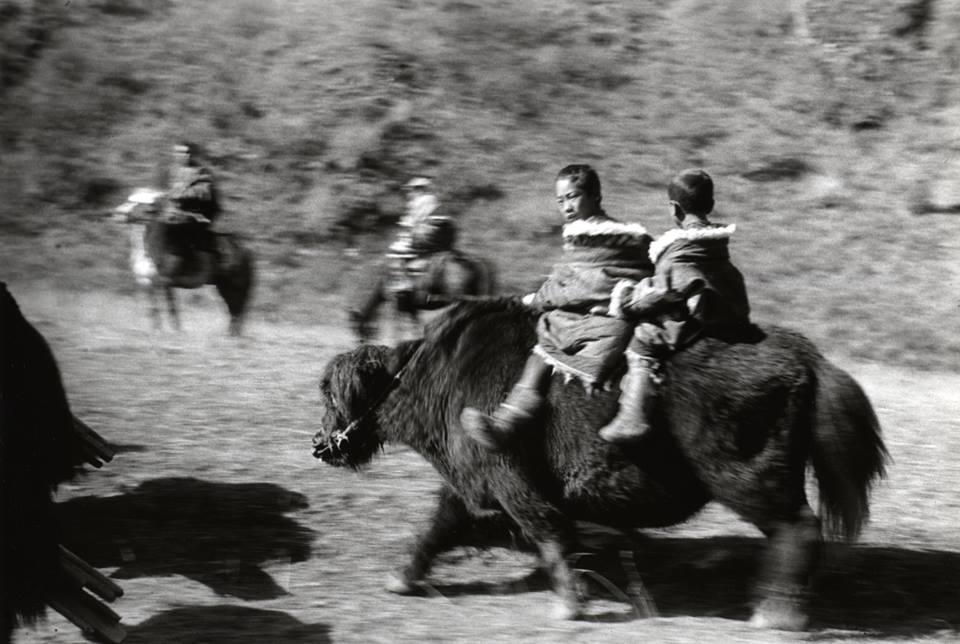Yaks and Transport
|
There are 13 million yaks on the Tibetan Plateau. Before the age of trade and globalization, they were the center of Tibetan life, providing milk, butter, yogurt, cheese, meat as well as hair to weave into the nomad’s dwellings and khullu to use as insulation. The yak’s benefits didn’t stop there, though. Yaks were also used as load animals to transport goods from one end of the plateau to the other, travelling in large caravans and as mounts, especially during the long journeys people undertook when trading or going on pilgrimage. Though yaks still dominate the pasture and are the main provider of meat and dairy products for the nomads, they have lost their place and purpose as an animal of transport. Nowadays, there are buses, cars and motorcycles and most of all, roads, to get from one place to another, and yaks may be sure footed, but slow. They can’t be used for racing like horses, that continue to be a status symbol. They remain on the pasture, a symbol of the Tibetan way of life. Yaks are central to Norlha, and we love to shoot our products around them, or make them the focus of our themes. We have our favorites yak models, usually tsethars, animals whose lives were spared, and who pose for us year after year. The photos in this album are a mix, though all from the same area in and around Labrang; the black and white ones, from the Gribenow Archive, date back the the 20’s and 30’s, others are from the last ten years, of instances where yaks are still being used as pack animals. Some represent the themes in which we stage Norlha products around the yak, and finally, there is the photo of the truck nomads now use for transport when shifting camp. |
























